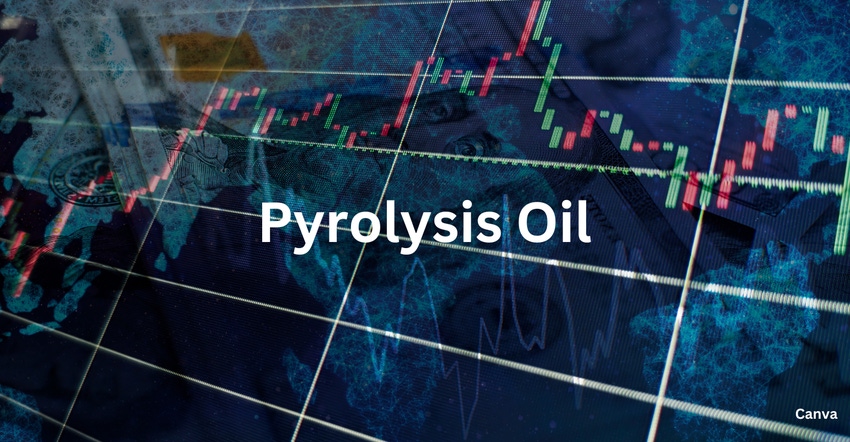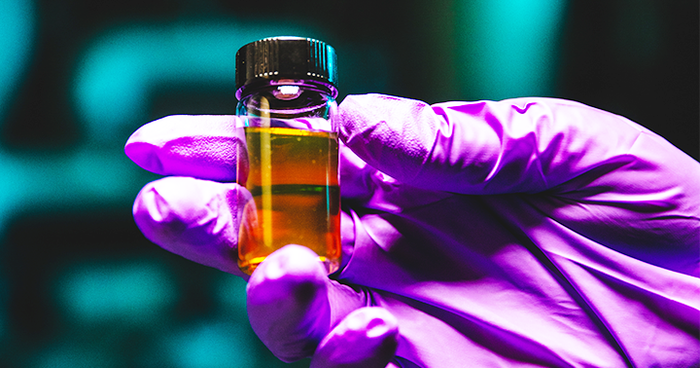ICIS Now Tracks Pyrolysis Oil Pricing for Chemical Recycling
First-of-a-kind index for pyrolysis oil will enable buyers and sellers to assess the overall opportunities in the chemical recycling market with transparency and clarity.

The chemical recycling (aka advanced recycling) market for plastics is skyrocketing. The plastic packaging portion of the chemical recycling market, which is valued at $730 million in 2022, is projected for significant yearly growth of 43.5% to reach a value of $13.08 billion in 2030, according to a report from Research and Markets published in August.
At the heart of the accelerating action is the pyrolysis oil generated by the process.
ICIS, a global source of commodity intelligence, launched Pyrolysis Oil Pricing Indexes to help satisfy the increasing consumer demand for the pricing of chemical recycling outputs. ICIS is the first to provide this pricing index.
It will be part of ICIS’ Mixed Plastic Waste – Europe pricing report launched in 2021, which is now ICIS Mixed Plastic Waste and Pyrolysis Oil report.
The mixed plastic waste pricing service currently includes the key feedstocks for pyrolysis oil — mixed polyolefin bales and high plastic content refuse derived fuel bales. The introduction of a pricing index for pyrolysis oil itself will give unrivalled visibility across this key chemical recycling chain. This sits alongside ICIS’ comprehensive coverage of mechanical recycling markets, allowing players to directly compare chemical and mechanical recycling prices and dynamics for the first time.
Pyrolysis oil is used as a drop-in alternative to replace fossil-based naphtha, a flammable liquid hydrocarbon used in the steam cracking process to create plastics, making plastic production more circular.
Consumer and investor pressures along with increasing regulation are driving the chemical industry’s transition to a circular economy. This in turn is driving the development of chemical recycling and in particular the pyrolysis oil market is starting to scale as the largest current output of chemical recycling.

Vial of pyrolysis oil, the end product of Honeywell UOP's R&D operations in the Chicago area.
As of September 2023, pyrolysis-based plants targeting mixed plastic waste (with a focus on polyolefins) as feedstock account for ~60% of all operating chemical recycling capacity in Europe according to ICIS Recycling Supply Tracker – Chemical.
The total capacity for such projects in Europe is expected to become almost seven times larger by 2028 growing to 600,000 tonnes/661,387 tons yearly, based on the projects considered as the final investment decision (FID). If the pre-FID project pipeline is unlocked, then the total pyrolysis capacity targeting mixed plastic waste can reach as much as ~1.7 million tonnes/1.87 million tons yearly by 2028.
“The pressure to transition to a circular economy will continue to intensify and we can see how that has impacted the chemical recycling market and in particular the pyrolysis oil market,” says Mark Victory, senior editor, recycling, ICIS. “Despite the negative macroeconomic conditions currently impacting across petrochemical and recycling markets, investment in chemical recycling has continued at pace.”
ICIS: Pyrolysis oil has lacked reliable price indicators.
Pyrolysis oil prices do not track their virgin equivalents, meaning that this key emerging market has lacked reliable, independent price indicators to benchmark against. ICIS’ Pyrolysis Oil Pricing Index will enable buyers and sellers to assess the overall opportunities in chemical recycling market with transparency and clarity.
“The addition of the new price series gives comprehensive coverage across the chain and compliments ICIS’ existing chemical and mechanical recycling supply trackers, alongside mechanical recycling price benchmarks, analytics and consultancy services,” Victory explains. “This gives customers a full suite of tools to compare and track the development of the various routes to circularity.”
For the polyethylene (PE) and polypropylene (PP) sectors, chemical recycling is seen by many as the most viable route to achieving mass-scale recycled food-contact packaging within Europe. ICIS' introduction of pyrolysis oil pricing is expected to bring significant clarity enabling customers to trade more effectively in a sector anticipated to experience remarkable growth in the years ahead.
About the Author(s)
You May Also Like




